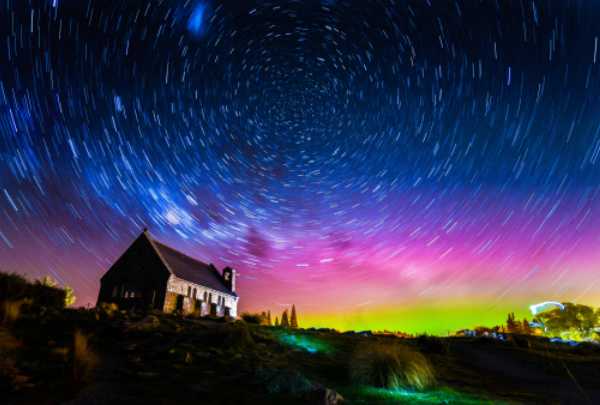The Aurora Australis or “Southern Lights” may be less known but they’re just as beautiful as their counterpart, the northern hemisphere’s Aurora Borealis.
The Church of the Good Shepherd was built in 1835 on the shore of scenic Lake Tekapo on New Zealand’s South Island. Situated among some of the southern island nation’s most awe-inspiring scenery (and that’s saying something), the church and its environs are one of New Zealand’s most-photographed sites.
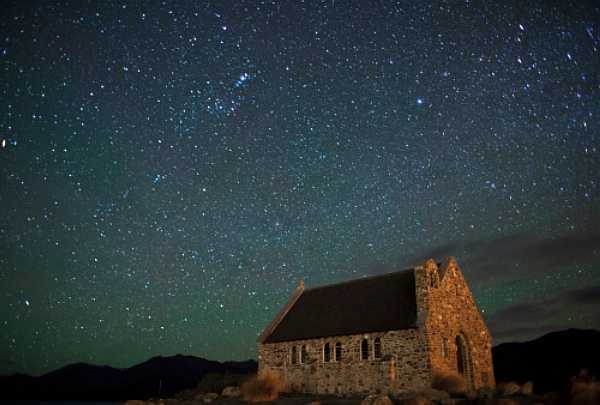
When nature conspires to add a tableaux of celestial wonders to Lake Tekapo’s earthly beauty, the result can be absolutely awe-inspiring. Our lead image, taken by photographer Rattapon_Wannaphat, glows with intense curtains of aurora australis and a swirl of long-exposure star trails. Shorter exposures, such as photographer COrey‘s breathtaking shot above, still manage to capture the wonders of the heavens in conjunction with our longstanding desire to understand them.
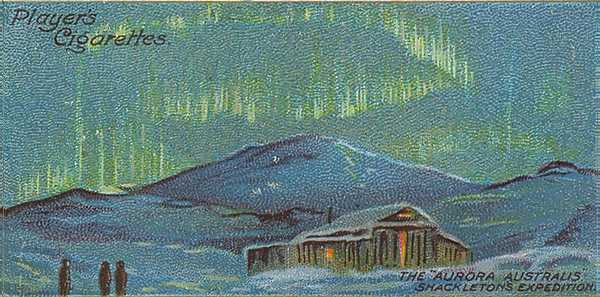
One of the earliest modern depictions of the aurora australis comes from this Polar Exploration Cigarette Card produced by John Player and Sons in 1915. The card probably commemorates the successful Nimrod Expedition (1907–09) led by Shackleton, not the unsuccessful but truly legendary Imperial Trans-Antarctic Expedition of 1914–17.
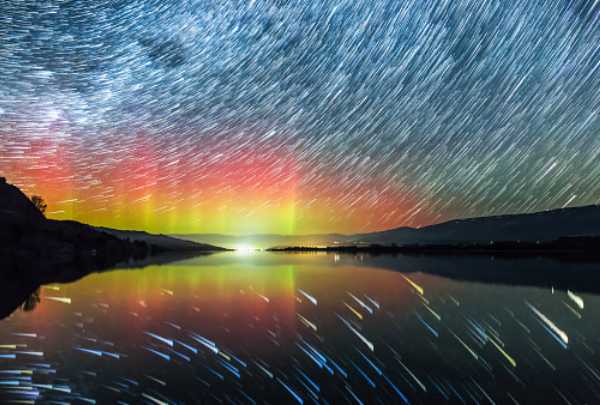
Here’s an outstanding view of the aurora australis accompanied by star trails – the latter appearing both in the sky and reflected in the mirror-smooth waters of man-made Lake Dunstan in Cromwell, New Zealand. Kudos to photographer NCHANT for capturing this, well, enchanted image!
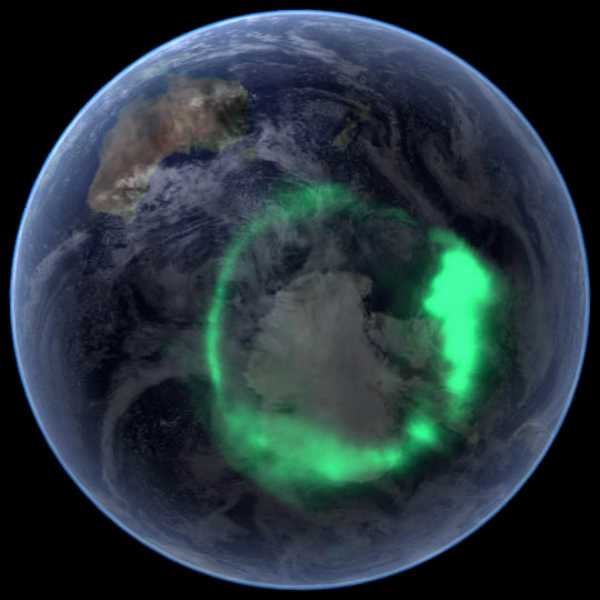
Earthbound observers often liken the aurorae – both borealis and australis – to shimmering curtains of ethereal light. One must slip the surly bonds of Earth and dance across the southern skies on silvered solar-panel wings to fully appreciate the immense size and scope of these electromagnetic phenomena, and NASA’s IMAGE satellite did just that in September of 2005. Thanks to a massive solar flare that blasted an abundance of plasma ions and other charged particles towards our planet, the aurora australis bloomed to a much larger and brighter extent than usual. Check out NASA’s video to view the ghostly green aurora in magical motion!
